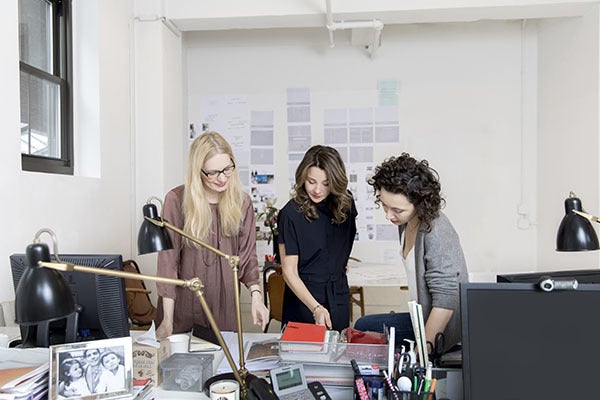Brand Boost, creative outlet or 401K? Design licensing has never been hotter—or more misunderstood. We tap the experts to guage the field.
 Kate Verner + Associates
Kate Verner + Associates
In January of 1999, Céline Dion floated onstage at the American Music Awards to accept the award for Best Pop/Rock Female. Millions of women and emotionally available men wept when Leo slipped away from Kate into the freezing black oblivion at the end of Titanic. Only the French Canadian songstress could articulate the feeling.
Hearts and CDs skipped a beat—“My Heart Will Go On” had officially become the love lorn anthem of the decade. That same month, our matte-lipped Y2K society was about to experience an epic hit that would have even wider reach: The Michael Graves Collection for Target. When Graves presented his zippy toaster and Spinner Whistle Teakettle, everything changed. Utility could look cute. The name Graves was mentioned with the same confidence as Lauren, Karan and Klein. An aspirational distance had just been shortened, and design was now a healthy part of a complete mass-consumer diet. For the average American kitchen, style could be had that same day for $24.99. For a prescient group of designers and agents, the desire for new licensing partnerships was ignited. Look what was possible.

BOH subscribers and BOH Insiders.









































